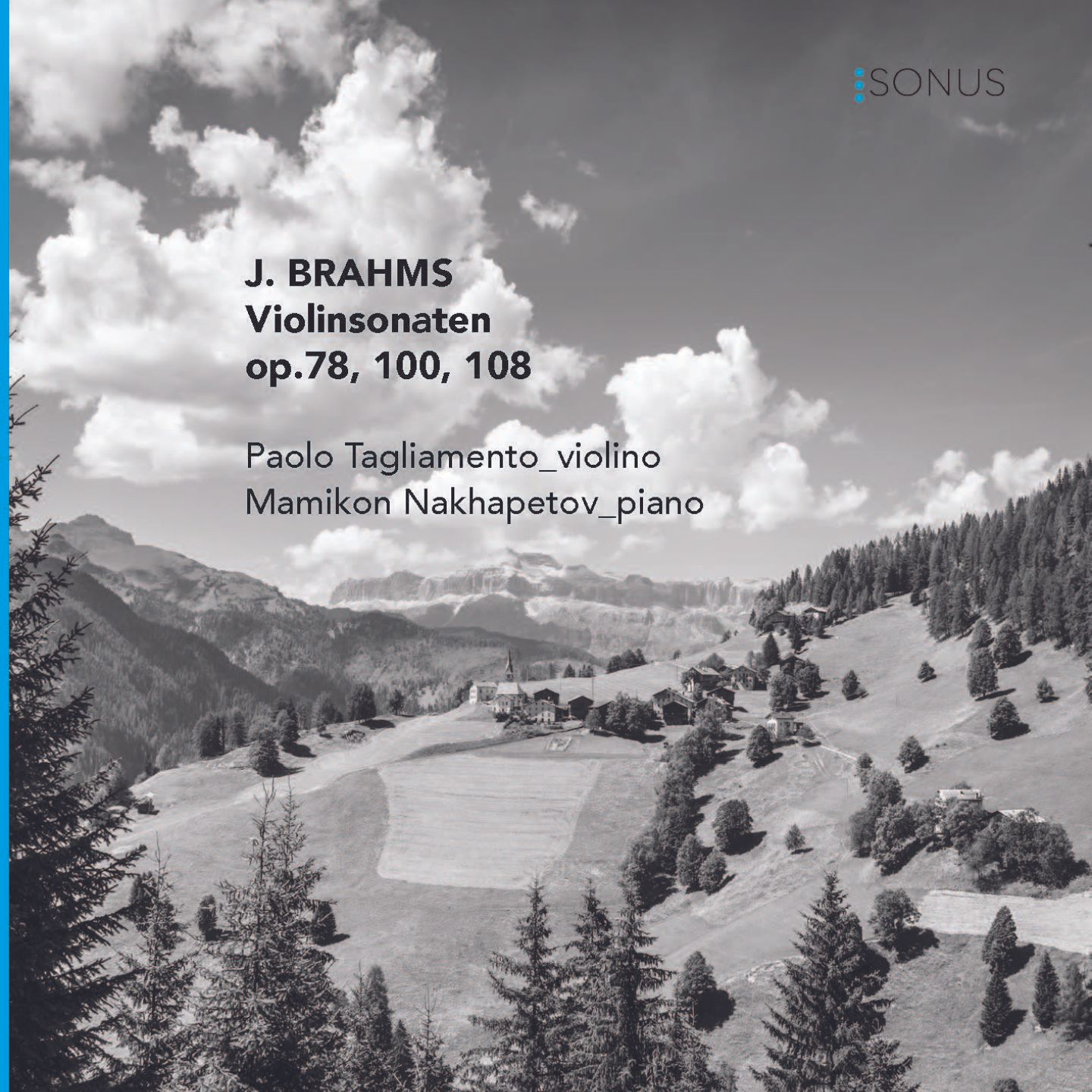String music emerged in the small instrumental ensembles of the late Renaissance, but it assumed an orchestral form with Arcangelo Corelli’s Concerti grossi Op. 6, which established the dialogue between a group of soloists (the concertino) and a full orchestra (the ripieno or concerto grosso). In the eighteenth century Antonio Vivaldi placed the violin at center-stage with The Four Seasons, creating a genuine sonic tableaux, while Franz Joseph Haydn codified the string quartet, the Classical era’s thematic laboratory. Romanticism rediscovered lyrical warmth in Tchaikovsky’s graceful Serenade for Strings in C major, Op. 48. In the twentieth century Béla Bartók pushed tone color and rhythm beyond tonal boundaries with the Divertimento for Strings, Sz. 113. From courtly dances to the avant-garde, the string ensemble has remained a favoured playground for composers’ inventiveness. All the works mentioned, and many more, can be found in this section, performed by outstanding artists.
Strings
Search in our albums
Search in progress, wait a moment please...


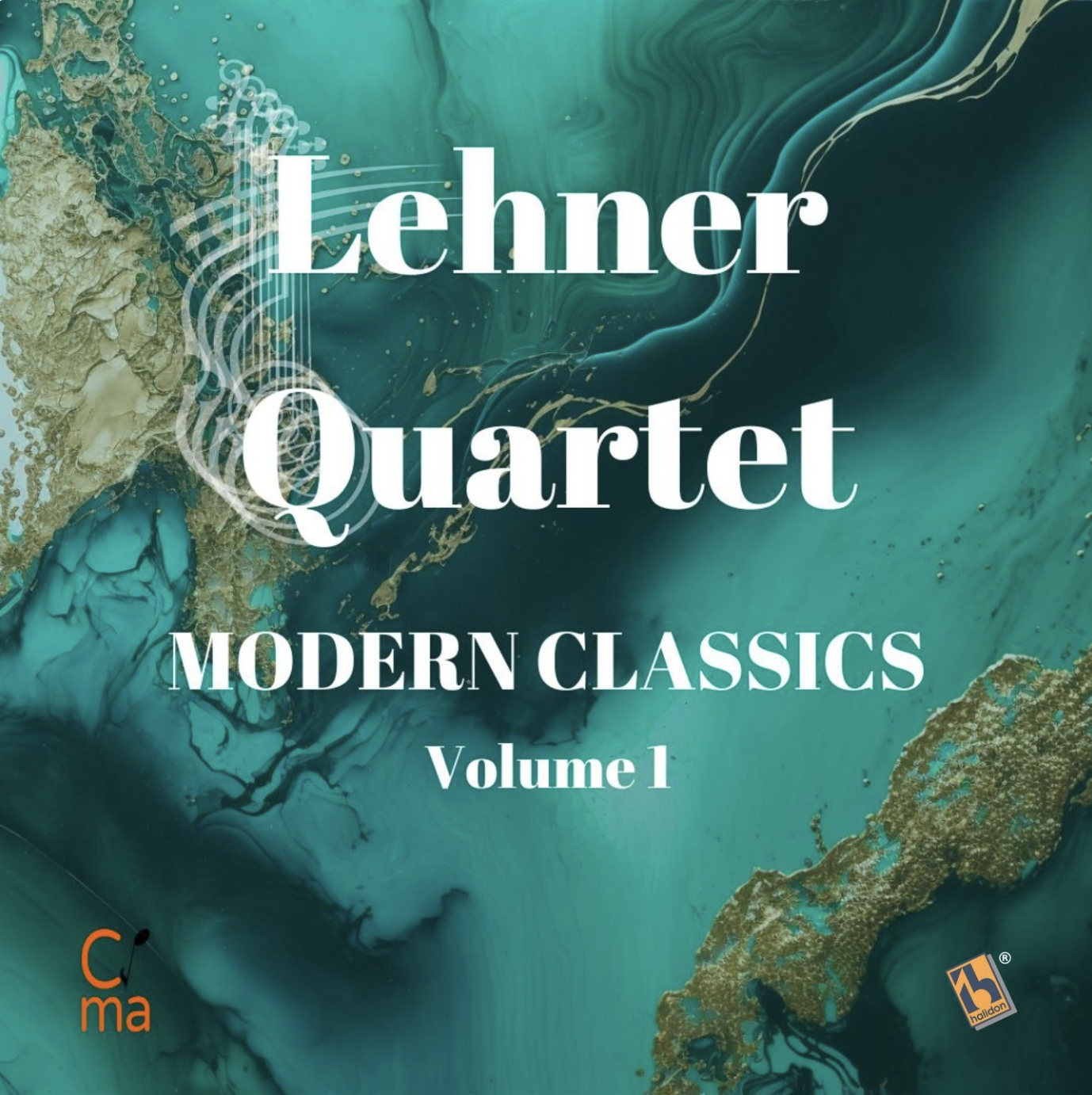
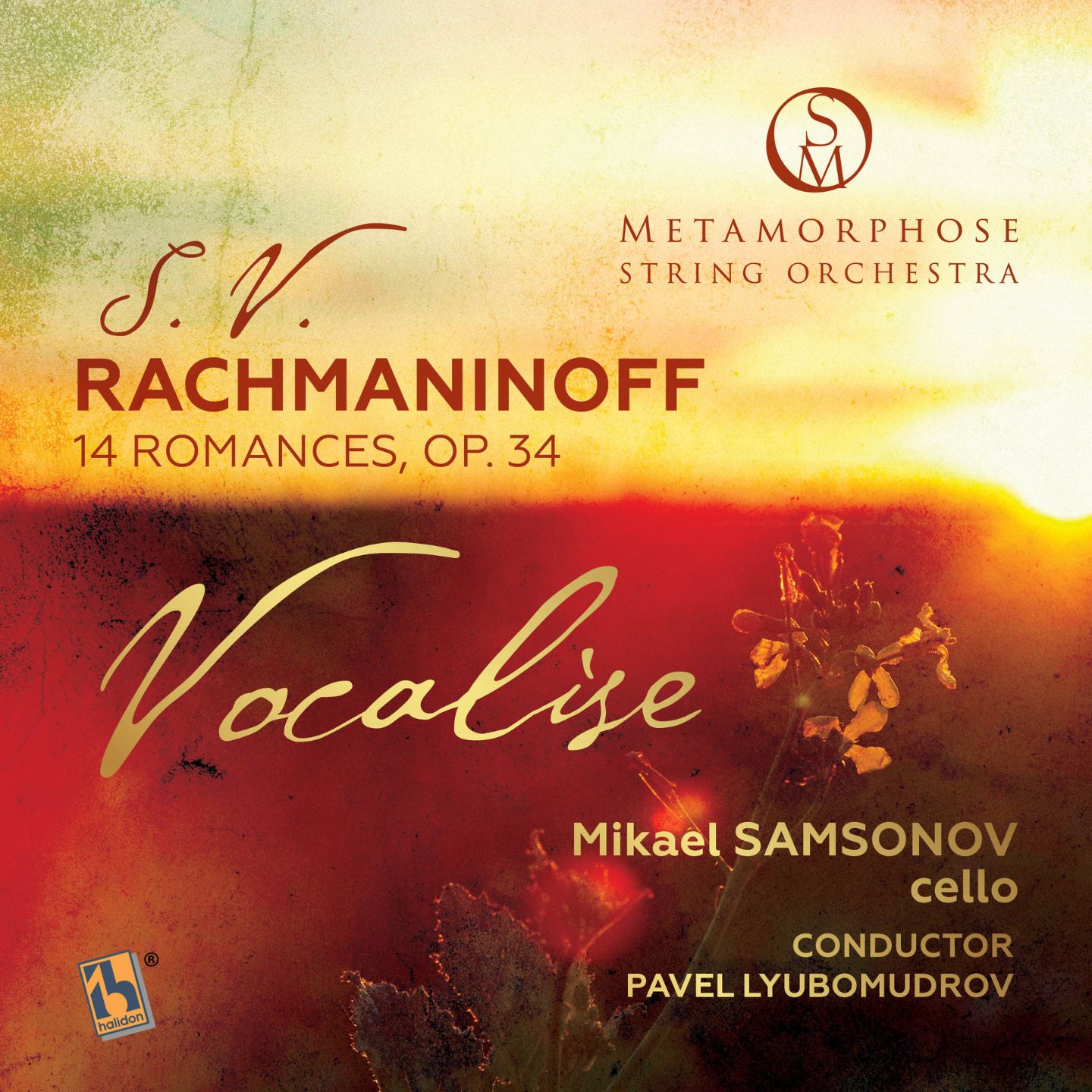
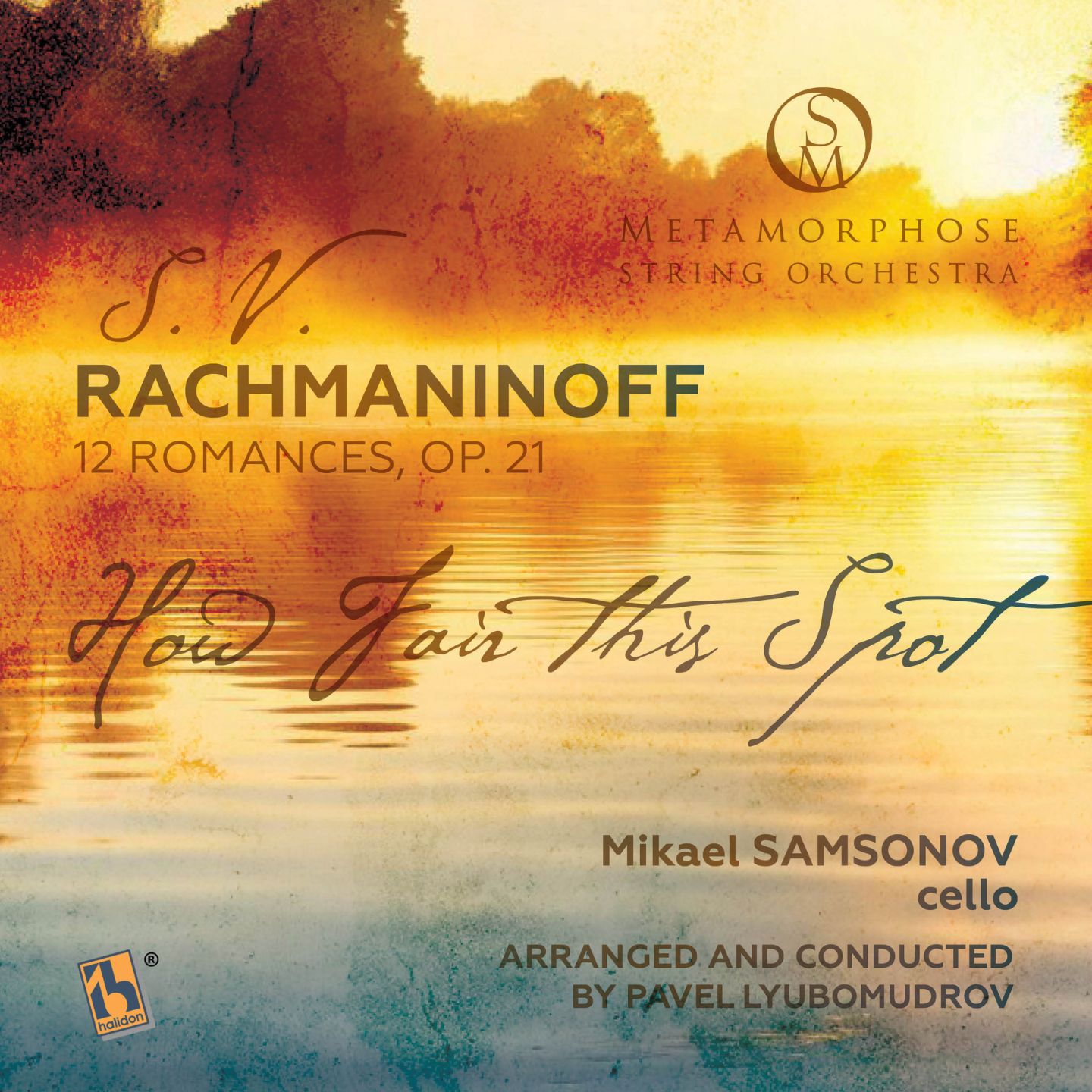
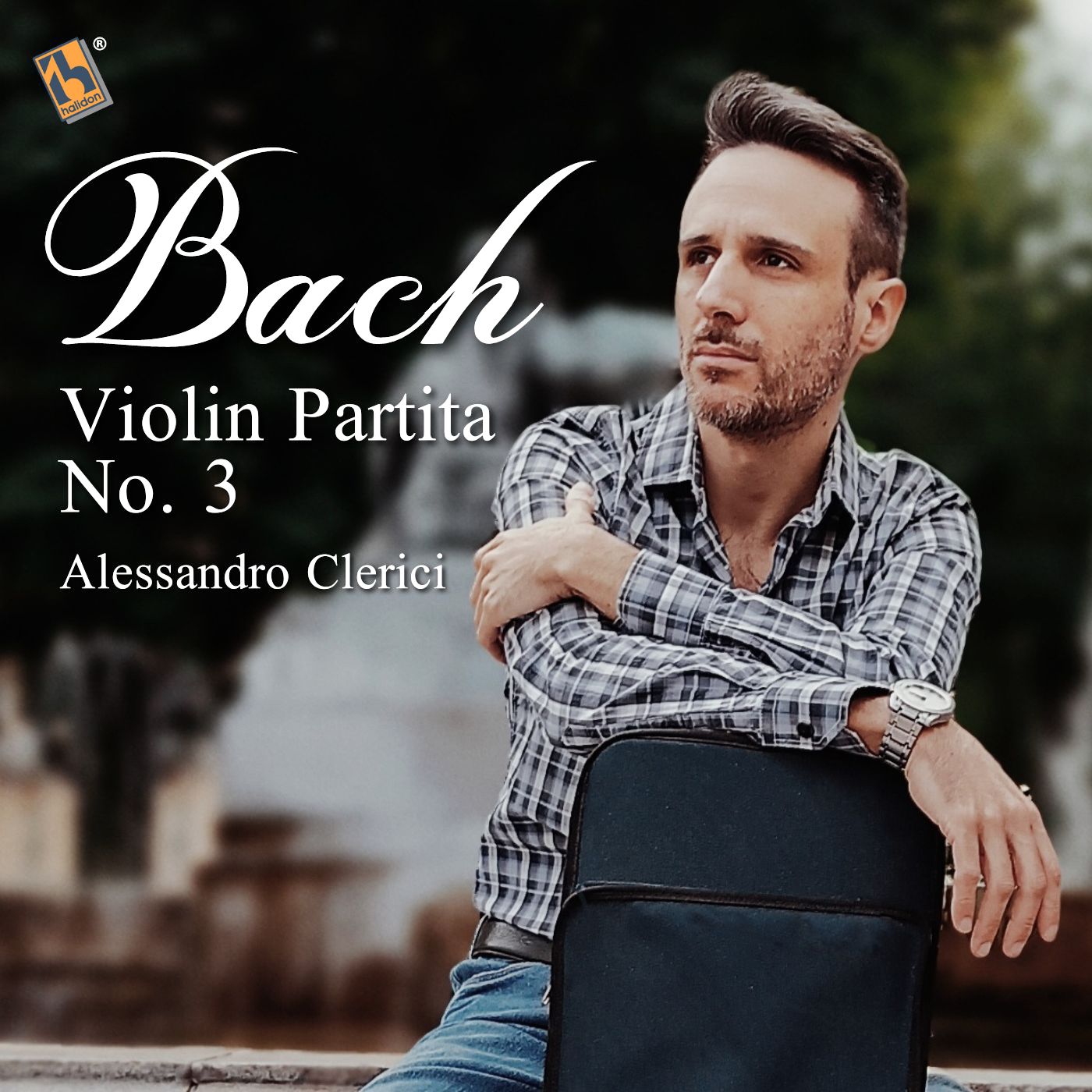
.jpg)
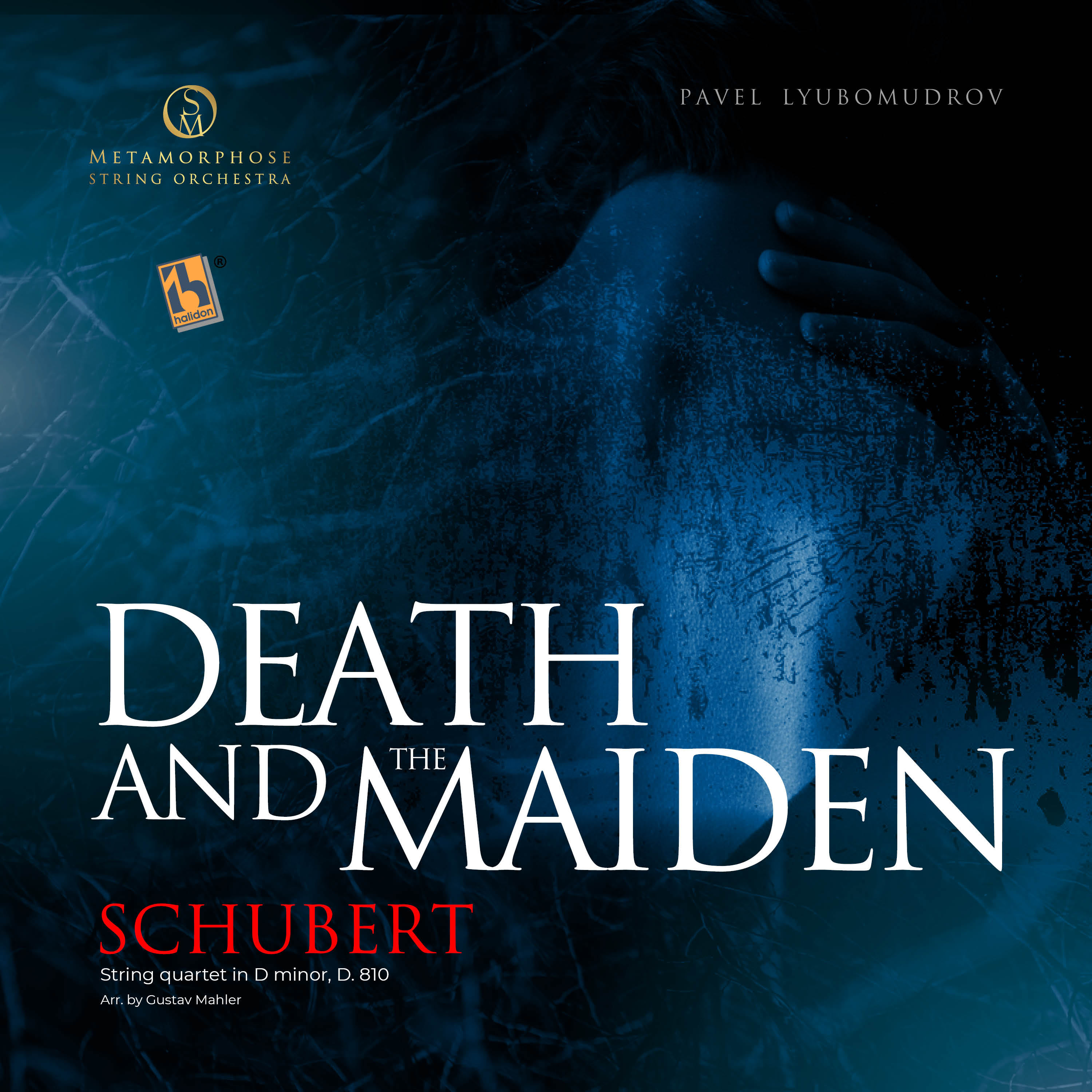
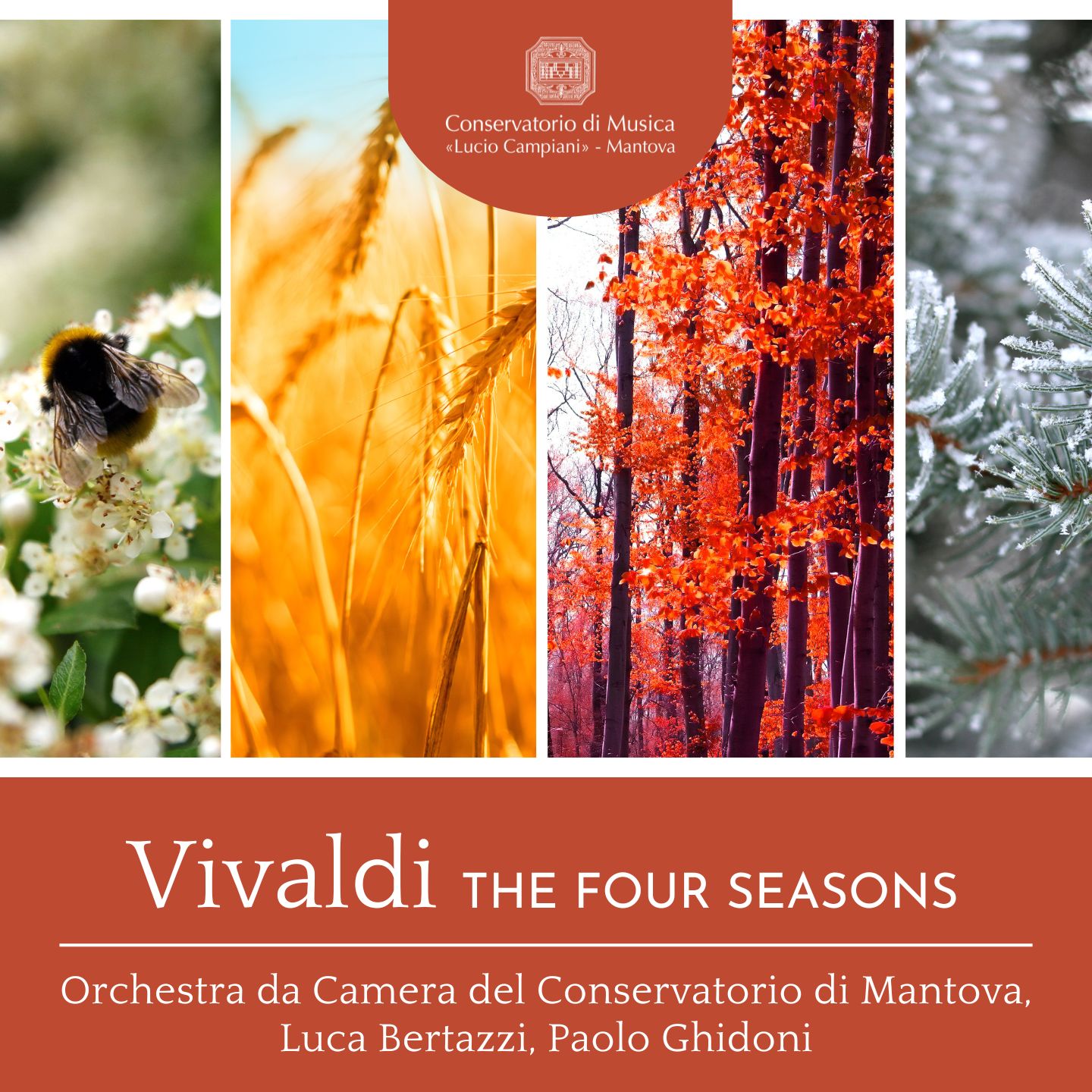
.jpg)
.jpg)
